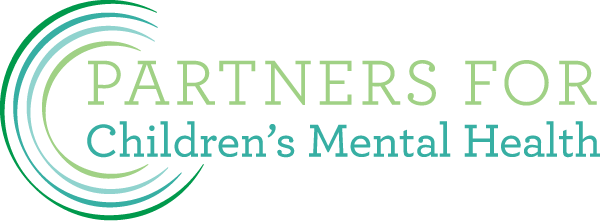Disruptions and consequences related to the COVID-19 pandemic, including school closures, social isolation, family economic hardship, family loss or illness, and reduced access to health care, raise concerns about their effects on the mental health and well-being of youths. This report uses data from the 2021 Adolescent Behaviors and Experiences Survey, an online survey of a probability-based, nationally representative sample of U.S. public- and private-school students in grades 9–12 (N = 7,705), to assess U.S. high school students’ mental health and suicidality during the COVID-19 pandemic. The study also examines whether mental health and suicidality are associated with feeling close to persons at school and being virtually connected to others during the pandemic. Overall, 37.1% of students experienced poor mental health during the pandemic, and 31.1% experienced poor mental health during the preceding 30 days. In addition, during the 12 months before the survey, 44.2% experienced persistent feelings of sadness or hopelessness, 19.9% had seriously considered attempting suicide, and 9.0% had attempted suicide. Compared with those who did not feel close to persons at school, students who felt close to persons at school had a significantly lower prevalence of poor mental health during the pandemic (28.4% versus 45.2%) and during the past 30 days (23.5% versus 37.8%), persistent feelings of sadness or hopelessness (35.4% versus 52.9%), having seriously considered attempting suicide (14.0% versus 25.6%), and having attempted suicide (5.8% versus 11.9%). The same pattern was observed among students who were virtually connected to others during the pandemic (i.e., with family, friends, or other groups by using a computer, telephone, or other device) versus those who were not. Comprehensive strategies that improve feelings of connectedness with others in the family, in the community, and at school might foster improved mental health among youths during and after the COVID-19 pandemic.
author: Sherry Everett Jones, PhD1; Kathleen A. Ethier, PhD1; Marci Hertz, MS1; Sarah DeGue, PhD2; Vi Donna Le, PhD2; Jemekia Thornton, MPA1; Connie Lim, MPA1; Patricia J Dittus, PhD1; Sindhura Geda, MS3
Content originally published on www.cdc.gov
